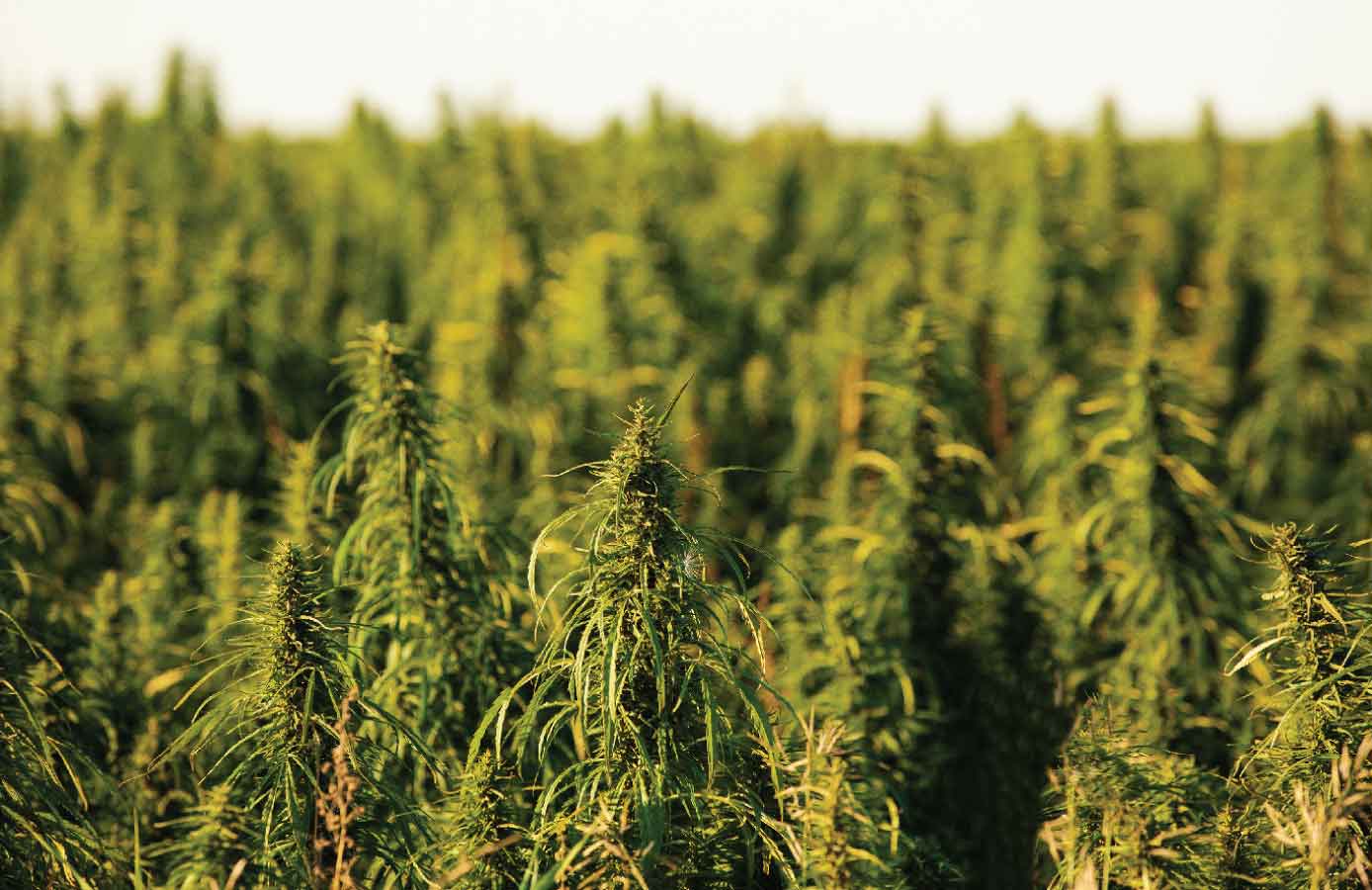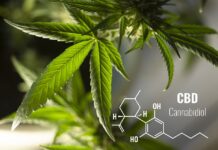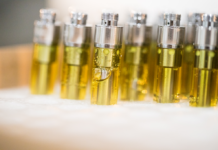Industrial hemp refers to the Cannabis plant but its uses aren’t medicinal or person, but rather industrial. In today’s world, industrial hemp is used to produce a variety of products which can fall into any of the following categories:
- Textile products
- Biodegradable products
- Plastic construction products
- Health food
- Fuel
- Paper products
Judging by this, we can safely assume that industrial hemp has many uses. But the reasons due to its popularity stem from the fact that the plant can be very easily grown and in large quantities.
Another factor that further adds to the popularity is the growing call for a greener future, and industrial hemp certainly ticks this box. Being essentially a green plant, industrial hemp produces oxygen. However, unlike other plants, it requires little to no usage of dangerous chemicals such as pesticides or herbicides, doesn’t cause erosion to the soil, and many more.
The call for greener future has really put industrial hemp at the focus of many businesses. Not only does growing it is super easy and super fast, but it produces almost 4 times of materials than what wood would. On one acre of land, you could produce fibers as much as four times that of wood, in a shorter time with less work required.
From the cannabis family, the indica has poor fibers which make it a poor option for industrial hemp. However, Sativa has much stronger fibers, stronger than that of wood, and makes an excellent choice for the growth of industrial hemp.
While cannabis strains for recreational use contain up to 20% of THC in them, industrial hemp contains as much as 0.3%, which makes the recreational use obsolete. Many countries around the world have seen the potential of industrial hemp. When compared to cotton, pesticide needed for industrial hemp fall down to 0%, it produces up to 300% more on the same amount of acres, provides 400% more warmth, is 400% more water-absorbent, and is up to 300% stronger than cotton.
Industrial Hemp Farming
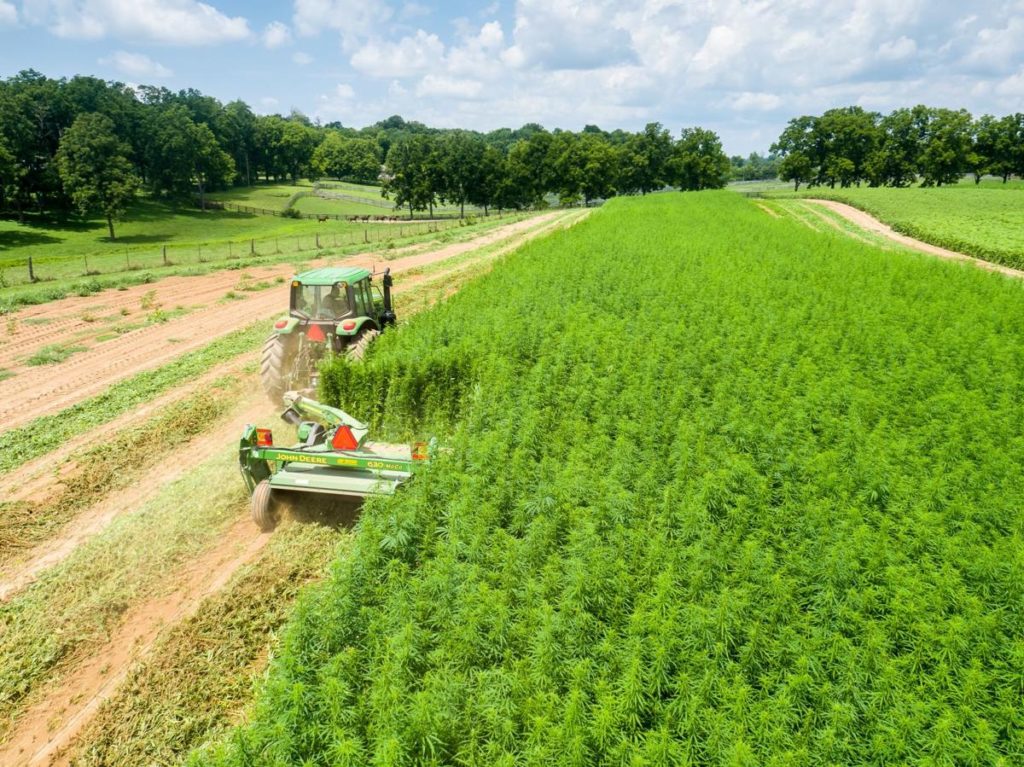
Cannabis has more than 100 strains, each one with different characteristics which include oil content, fiber strength, length, and more. With so many varieties of cannabis out there, we can safely eliminate the indica strains due to its poor fiber strength characteristics.
The brilliant thing about cannabis is that it can reach full growth in a short time as 12 weeks. It has very long roots that are able to tap into potential water sources, but the hemp itself also performs very well in dry areas where other plants cannot be grown.
Harvesting the plant does have its drawbacks, mainly the fact that it smells very strong, but also its advantages. Namely, the plant has many edible proteins, oils, as well as, fibers that experts estimate its use could go into as much as 50,000 different products.
This makes hemp farming very beneficial. However, not everywhere is industrial hemp legal. The countries that do allow industrial hemp farming are Canada, China, and France, with the United States being the biggest importer of industrial hemp.
Industrial hemp is something that intrigues many people and is becoming a very hot topic nowadays. With the growing support of cannabis in the United States, it’s only a matter of time before industrial hemp becomes an option. If industrial hemp is something that intrigues you, then make sure to visit Engineeringk12 where you can find some of the best books on the topic.
THC and CBD
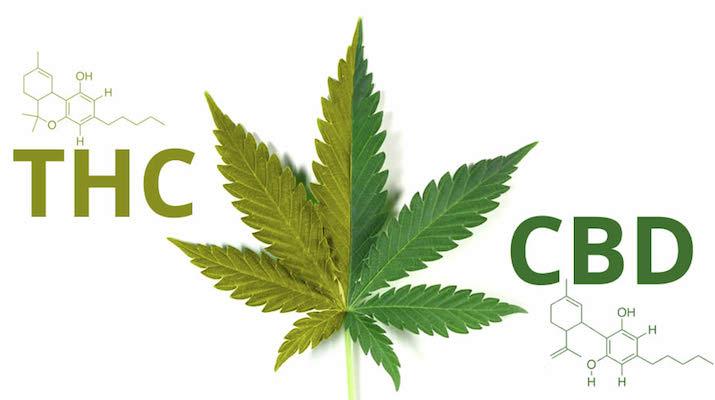
Medicinal and recreational use of cannabis is becoming more and more supported in the United States. With the growing support comes the legalization of the hemp-based plant, but also a lot of information. However, consumerism asks questions and one of the most frequently asked is closely related to THC and CBD. Not many people know about eighter THC or CBD, but that’s okay seeing that cannabis has been illegal for so long.
Both THC and CBD are naturally found in cannabis. Indeed they are two very important compounds of the plant, and each one comes with its own set of benefits.
Let’s start with CBD. CBD can be extracted in one of two ways. Both industrial hemp and cannabis have CBD in them. We mentioned earlier about industrial hemp and that it contains only around 0.3% of THC, but we didn’t mention that it contains a lot more CBD. This compound can be extracted and manufactured into oils, supplements, pills, beauty products, sunscreen, edibles, etc.
CBD has its usage mostly for healthcare and wellness. A lot of research is done on the topic of CBD, and the results show CBD can help with inflammation, depression, anxiety, pain relief, seizures, epilepsy, sleep disorders, acne, etc. CBD is the part of the cannabis plant that doesn’t get you high when consumed.
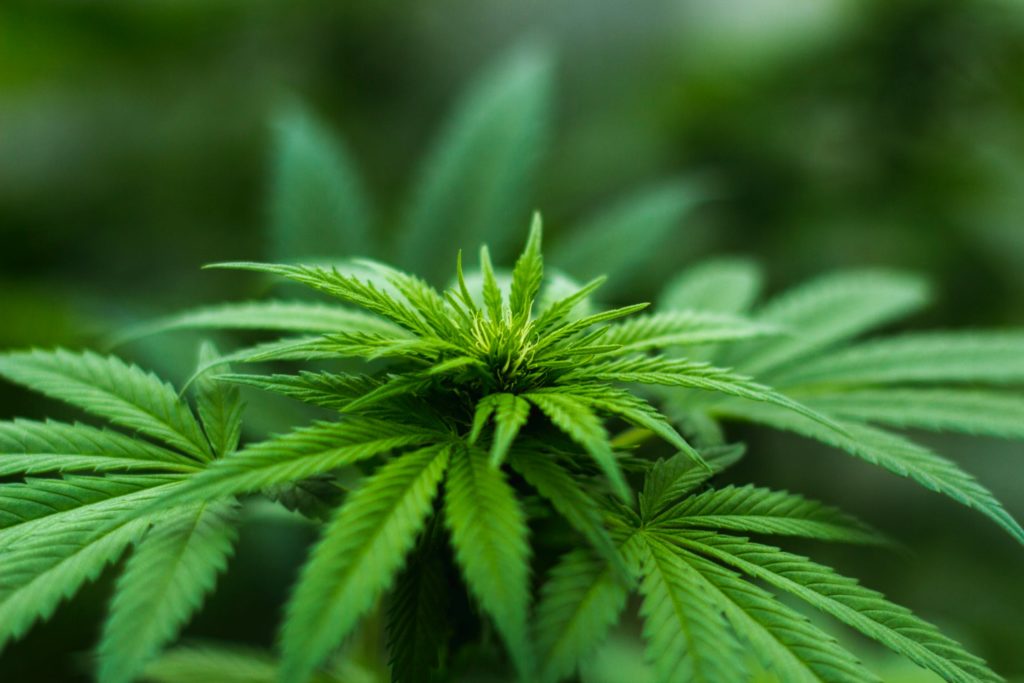
On the other hand, THC is the compound in the plant that does get you high, and it has psychoactive properties. THC is the compound most associated with cannabis since everyone knows the effects of cannabis. THC, much like CBD, can be consumed by smoking and eating. While smoking is the most common way to consume it, other very popular ways include edibles, tinctures, capsules, etc.
THC gets you high or gives you the “high” sensation since it interacts with the CB1 receptors in your brain. On the other hand, CBD has minuscule traces of THC that have no effect on the CB1 receptors what so ever.
Both CBD and THC are met with mixed feelings and emotions in the United States, which have resulted in prohibition under federal law. However, that all changed in 2018 where it became legal to use, possess, and purchase, as well as, sell cannabis in the United States. Currently, there are a total of three states that have a 0 tolerance stance with THC and CBD. Those are the state of Idaho, Nebraska, and South Dakota.
The United States has various stances on TCH and CBD and different states have different laws in regards. Some have it put down as fully legal such as Alaska, California, Colorado, Illinois, Maine, Massachusetts, Michigan, Nevada, Oregon, Vermont, and Washington, while others have it as decentralized or as a misdemeanor.

